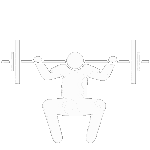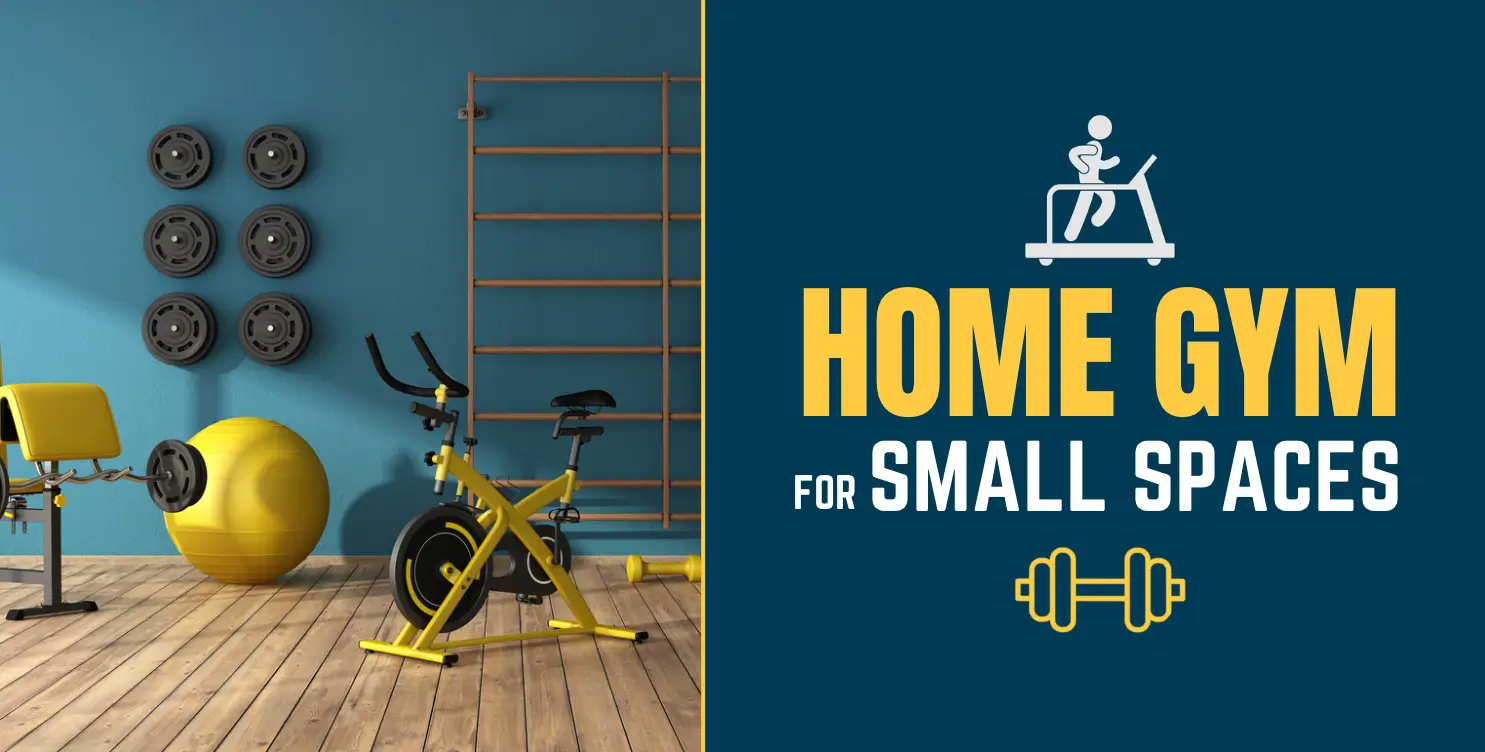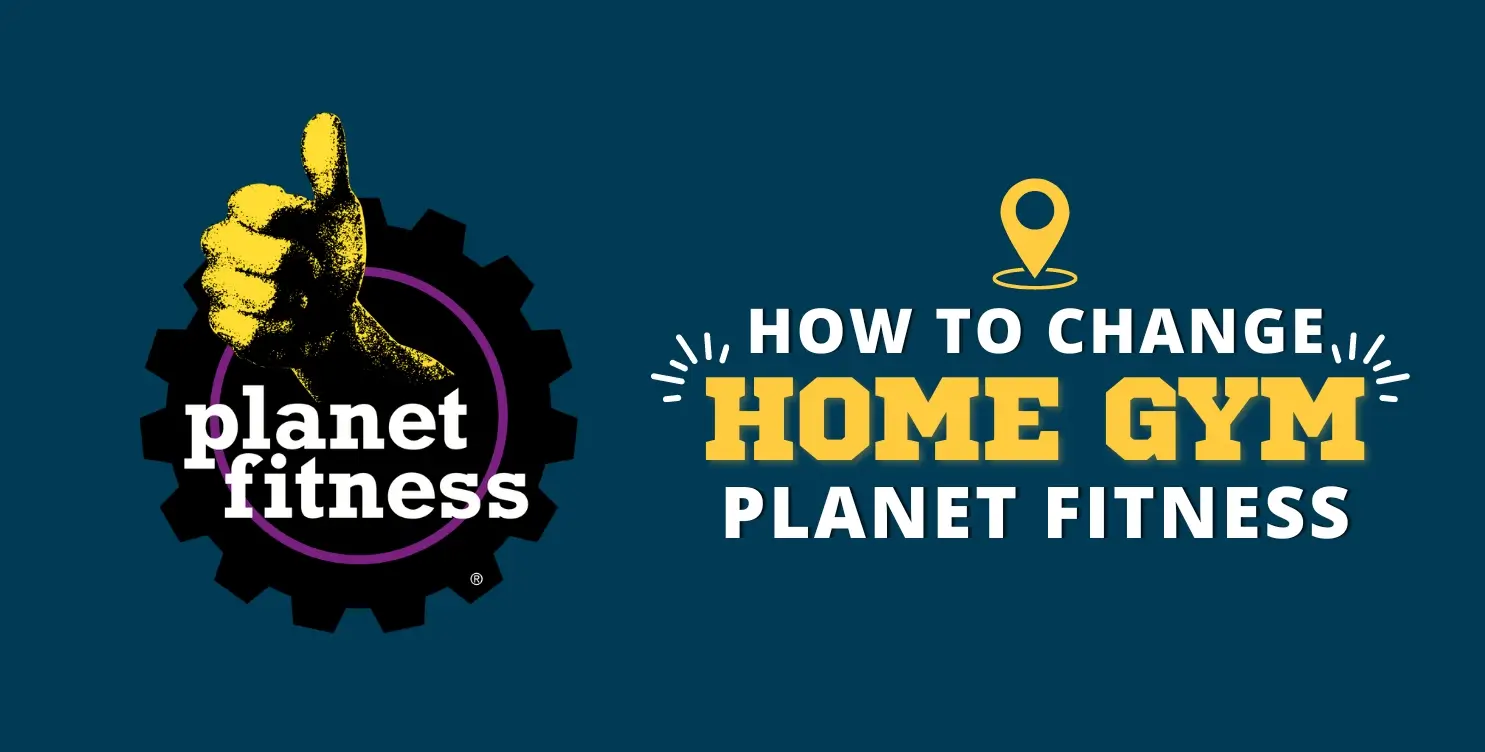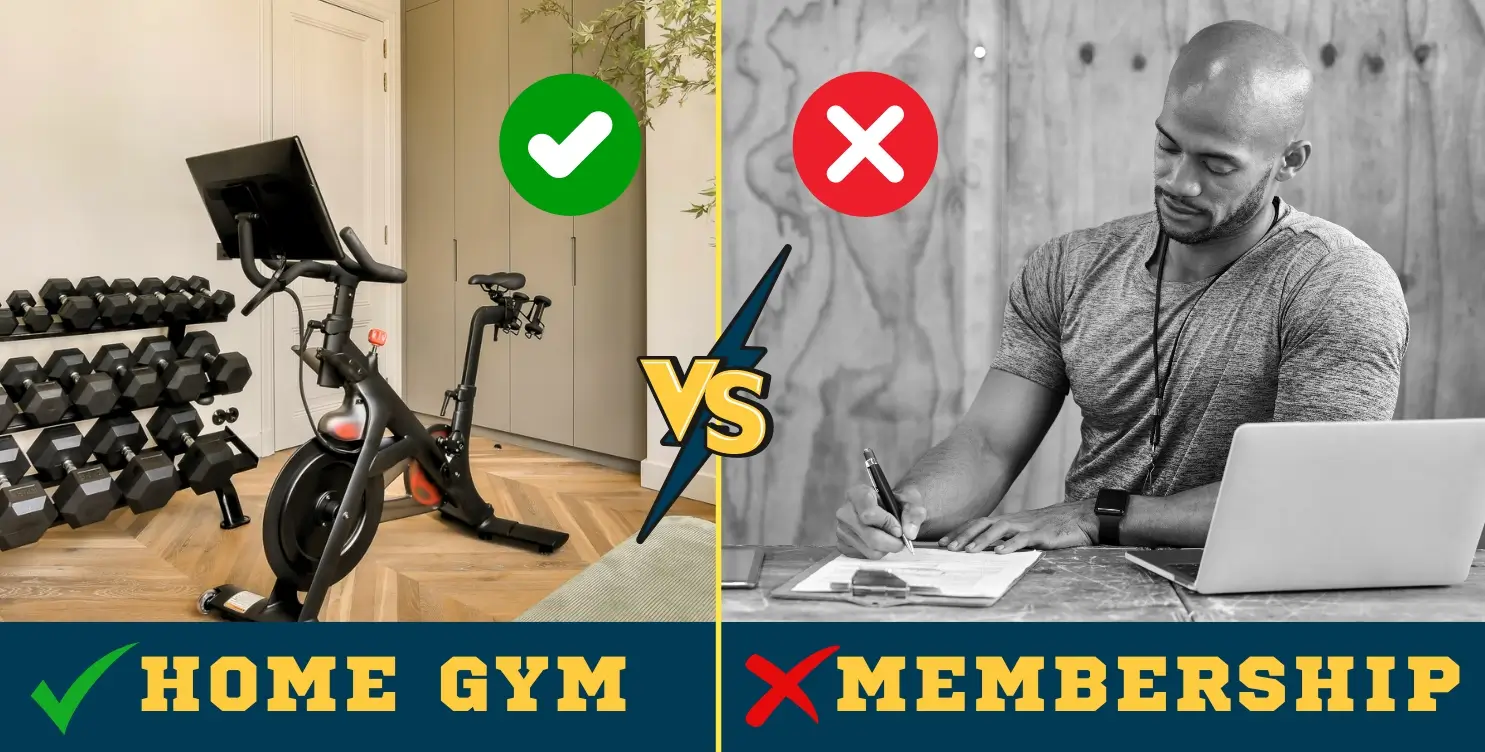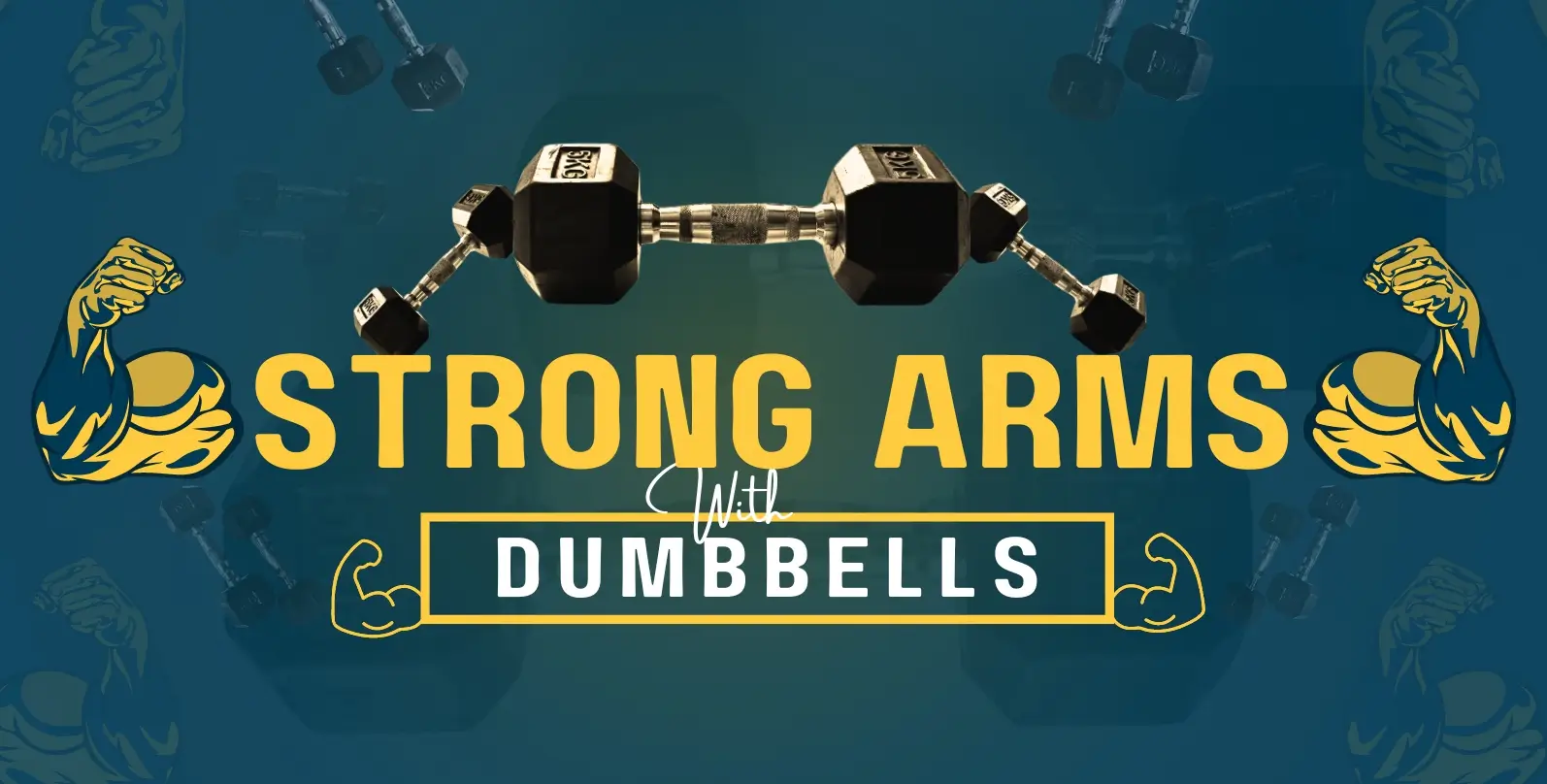Have you ever wanted to create your own advanced home gym setup but didn’t know where to start? This post will guide you through the process of setting up a home gym that will meet all your fitness needs. From equipment selection to layout and organization, we’ll cover everything you need to know to create a successful home gym setup. equipment selection, layout planning, and budgeting tips, we’ve got you covered every step of the way on your journey to building a personalized fitness sanctuary tailored to meet your specific needs and goals. Whether you’re a fitness enthusiast or just looking to stay active at home, this guide will help you create the perfect workout space.
Planning and Preparation
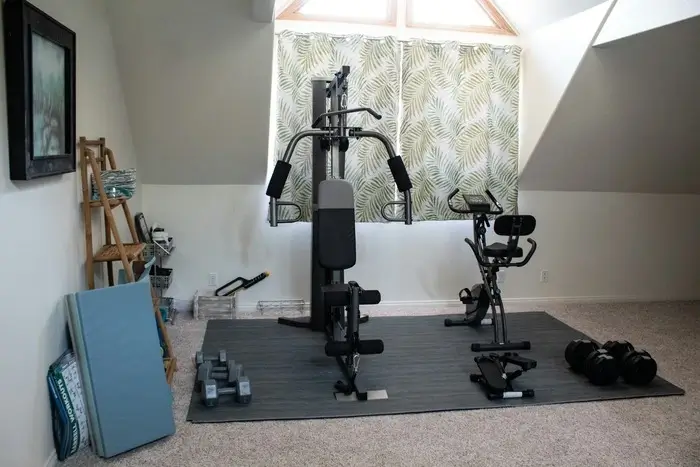
Setting up an advanced home gym isn’t just about buying a bunch of fancy equipment. To make the most of an advanced home gym, careful planning is essential. Here’s your roadmap to get started:
Space Assessment
- Measure Up: Don’t just eyeball it. Get out that tape measure and take precise measurements of the room you’ll dedicate to your gym. Knowing your length, width, and ceiling height will prevent headaches when it comes to equipment layout.
- Obstacle Course: Take stock of immovable fixtures like doors, windows, and electrical outlets. These will influence your equipment placement choices.
- Protect Your Base: Think about flooring. Those concrete floors might be tough, but they’re not kind to your joints or dropped weights. Rubber mats or interlocking tiles add a layer of protection and noise reduction.
Fitness Goals
- The Why Factor: Are you purely in it for muscle gains? Want to boost cardio alongside strength? Maybe you’re training for a specific sport? Defining your goals will streamline your equipment choices.
- Prioritize: Not everything gets equal weight (pun intended). If powerlifting is your passion, a squat rack is more important than a fancy elliptical.
Budget
- It’s an Investment: High-quality equipment can carry a hefty price tag, but it’s worth it in the long run. Think of it like buying good tools—they last for years and perform better.
- Reality Check: Set a realistic budget and be open to phasing your purchases. It’s okay to start with the essentials and add on later.
- Savvy Shopper: Don’t be afraid of used equipment as a way to get quality on a budget. Research brands, compare new and used prices, and check for warranties.
Design
- Sketch It Out: A rough drawing of your space and equipment will uncover potential issues. Do you have enough room to swing that kettlebell safely? Where can you position your bench for maximum versatility?
- Zone Out: If your space allows, designate areas for different training styles. Keep your cardio equipment together, weights in another zone, and leave an open area for functional/bodyweight exercises.
Essential Equipment
Imagine your home gym as a well-equipped workshop – the right tools make all the difference. These core pieces form the backbone of an advanced setup, offering limitless training possibilities:
Dumbbells
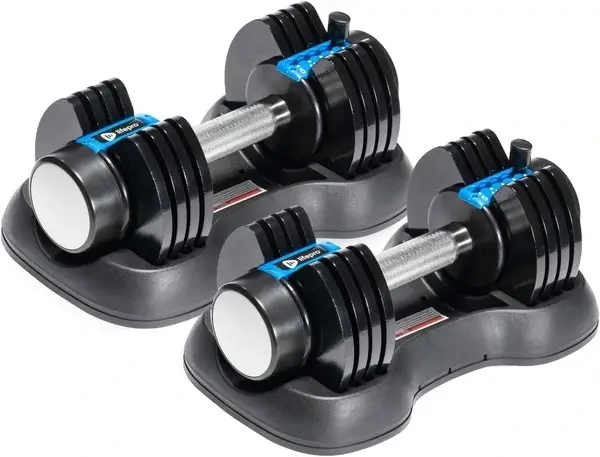
- Variety is Key: Forget those dusty 5-pounders. You need a range of weights to challenge yourself. Start with a basic set from 5 lbs to 50 lbs and add heavier ones as needed.
- Space Savers: If space is a concern, consider adjustable dumbbells. They consolidate several weights into a compact design but can be a bit pricier.
Barbell and Weight Plates
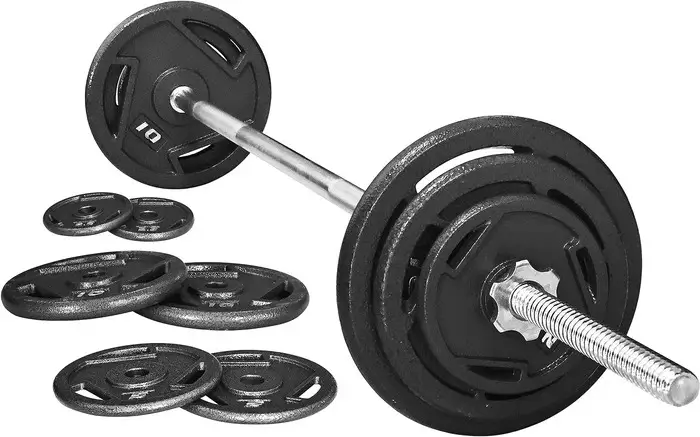
- Olympic Standard: A 45 lb Olympic barbell is the gold standard for powerlifting and serious strength training. It accommodates more weight and is built to stand the test of time.
- Plate Party: You’ll need weight plates to match. Bumper plates (rubber coated) are ideal for Olympic lifting where you might be dropping weights. Otherwise, standard iron plates are the most cost-effective.
Power Rack
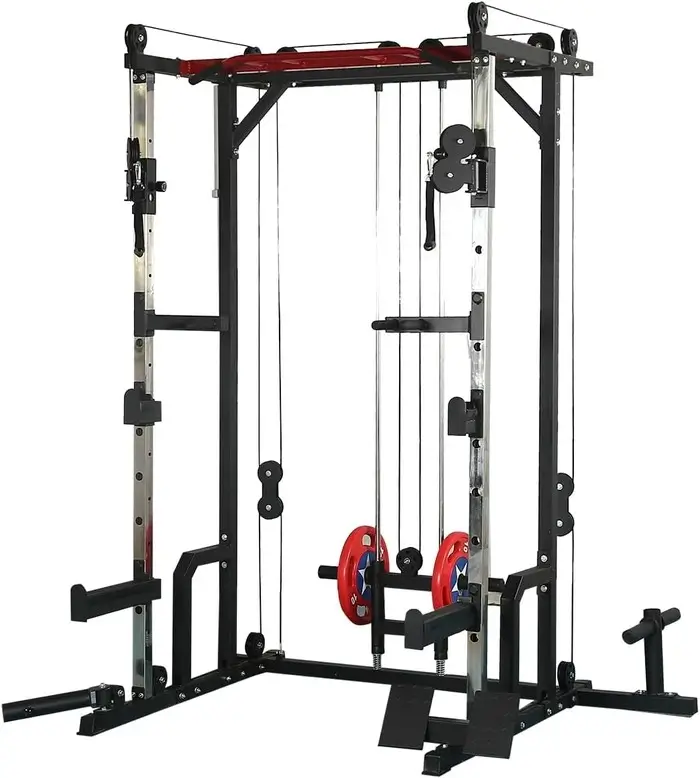
- The Safety Net: This is non-negotiable for heavy barbell work. A power rack has spotter arms to catch the weight if you fail a rep, saving you from disaster.
- Customization: Many power racks offer attachments for pull-ups, dips, and other exercises, increasing their value.
Adjustable Bench
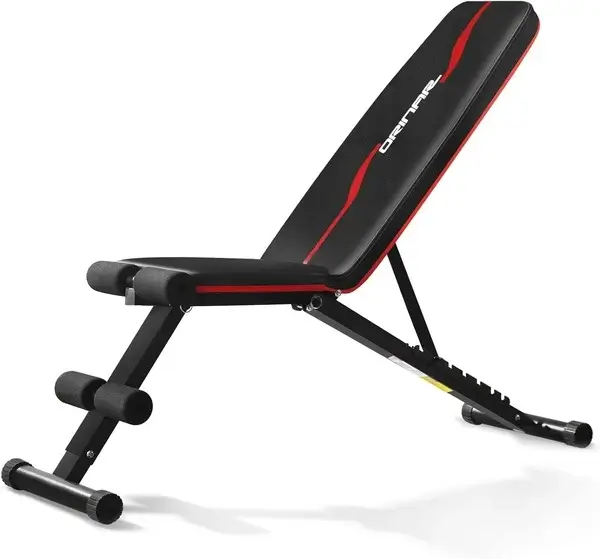
- Angle Attack: Incline, decline, and flat – an adjustable bench opens up your exercise options for chest, shoulders, and more.
- Quality Counts: Look for a sturdy base, thick comfortable padding, and easy adjustments to avoid frustration mid-workout.
Flooring
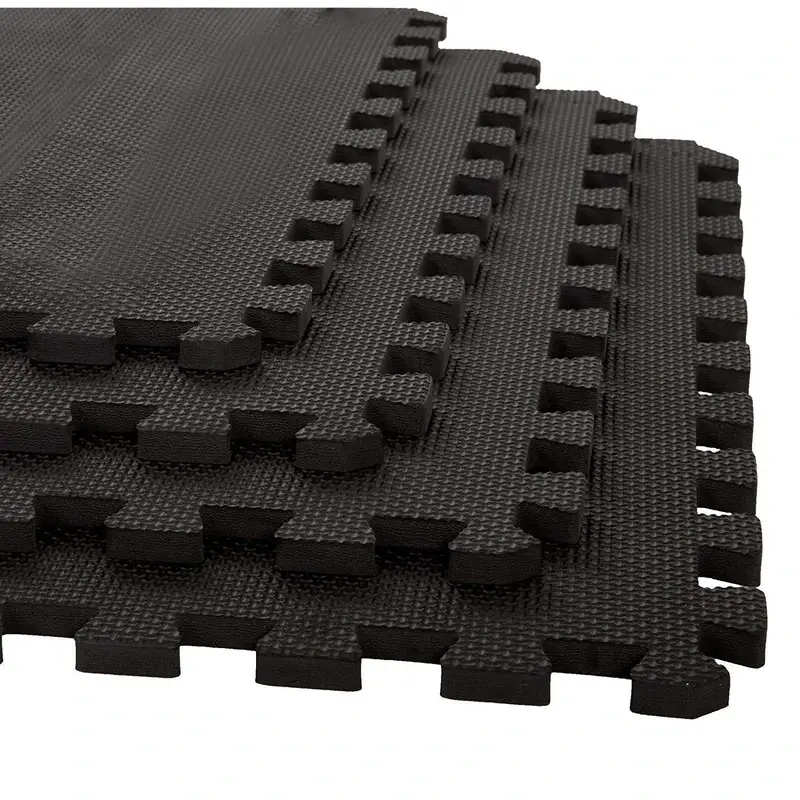
- Cushioning is Key: Rubber mats or interlocking tiles absorb shock from dropped weights and are kinder to your joints during floor exercises.
- Noise Control: Bonus! Thick flooring can also help keep your weightlifting sessions from rattling the entire house.
Additional Equipment
You’ve got the basics covered. Now, let’s explore the extras that can personalize your gym and take your training in exciting new directions:
Cardio Machines
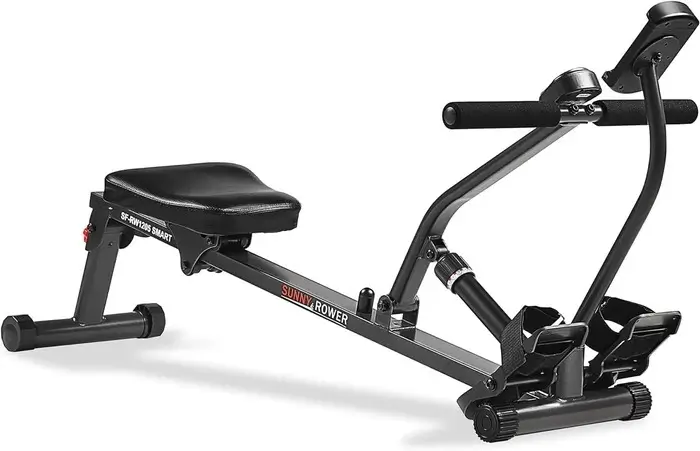
- Choose Your Burn: Treadmills, ellipticals, rowers, stationary bikes… there’s a cardio machine for everyone. Consider your favorite way to break a sweat and any specific cardio goals you might have.
- Space vs. Variety: A treadmill offers classic running but takes up more space than a smaller rower or bike that you can tuck away more easily.
Specialty Strength Equipment
- Cable Machine/Functional Trainer If space and budget allow, these add incredible versatility. Cable exercises offer unique angles and resistance patterns that you can’t get with free weights.
- Tried and True: Don’t overlook simple but powerful additions like a pull-up bar (wall-mounted or part of your rack) or a dip station. Bodyweight mastery should never be underestimated.
Weightlifting Accessories
- Support System: A sturdy lifting belt can aid in heavy squats and deadlifts. Straps or wraps can improve grip and joint comfort on certain lifts.
- Chalk it Up: If you’re serious about pulling heavy weights, gymnastic chalk combats sweaty hands and makes for a safer, stronger grip.
Dumbbell Rack
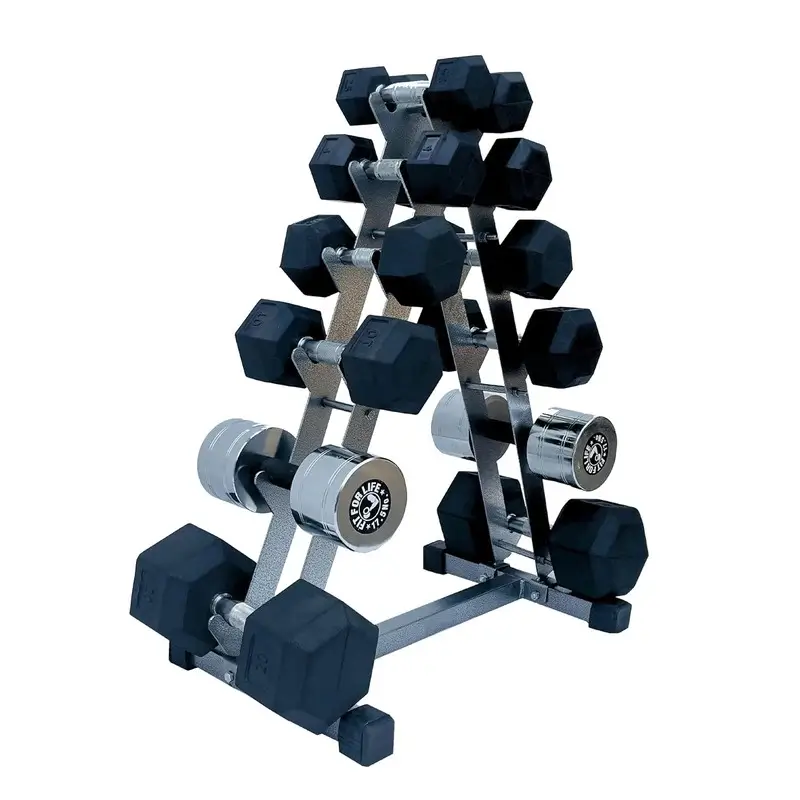
- Clutter Killer: Avoid tripping over your weights. A dumbbell rack keeps things tidy and makes it quick and easy to find the size you need.
- Space Saver: Vertical racks take up minimal floor space, while tiered horizontal racks are a good option if you have more room to spare.
Other Considerations
Equipment gets the spotlight, but these often-forgotten elements make all the difference in how you enjoy your gym and how well it works in your home environment:
Storage
- Dedicated Space: Racks for weights, bars, and smaller items like bands and kettlebells keep your gym floor clear and safe.
- Think Vertical: Make use of wall space with hooks or shelves for exercise balls, foam rollers, and other gear.
- Baskets and Bins: Catch-all storage keeps jump ropes, wrist wraps, and smaller accessories from creating clutter.
Ventilation
- Airflow is Key: Ceiling fans, standing fans, or even an open window help keep things cool when you’re working up a sweat.
- Climate Control: If possible, air conditioning in the summer and a small heater in the winter maintain comfortable training temperatures year-round.
- Fresh Air Bonus: Good ventilation reduces that “stale gym air” smell, making your space more inviting.
Entertainment
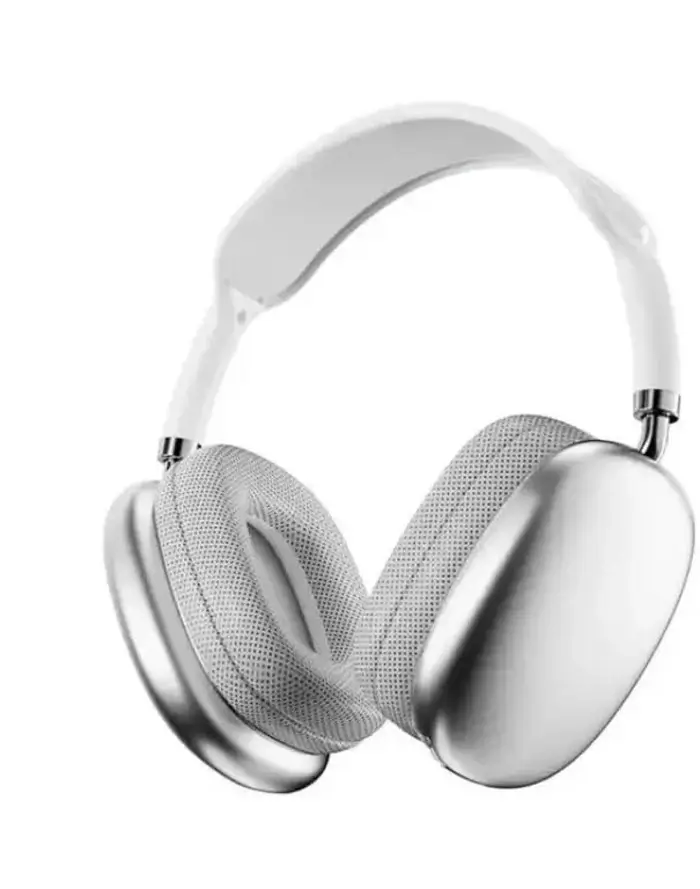
- Pump Up the Jams: A good sound system is a must for many. Blast those playlists that get you in the workout zone.
- Watch and Learn: A wall-mounted TV is great for following training videos or having some casual entertainment while you do cardio.
- Unplug Option: Sometimes zoning out with a favorite podcast or audiobook can be the perfect mental reset, especially on heavy-lifting days.
Mirrors

- Not Just for Vanity: Mirrors are invaluable for monitoring your form on complex exercises and spotting potential imbalances.
- Strategic Placement: Mount them where you can clearly see your movements from the side and front without causing distractions.
Workout Clothes
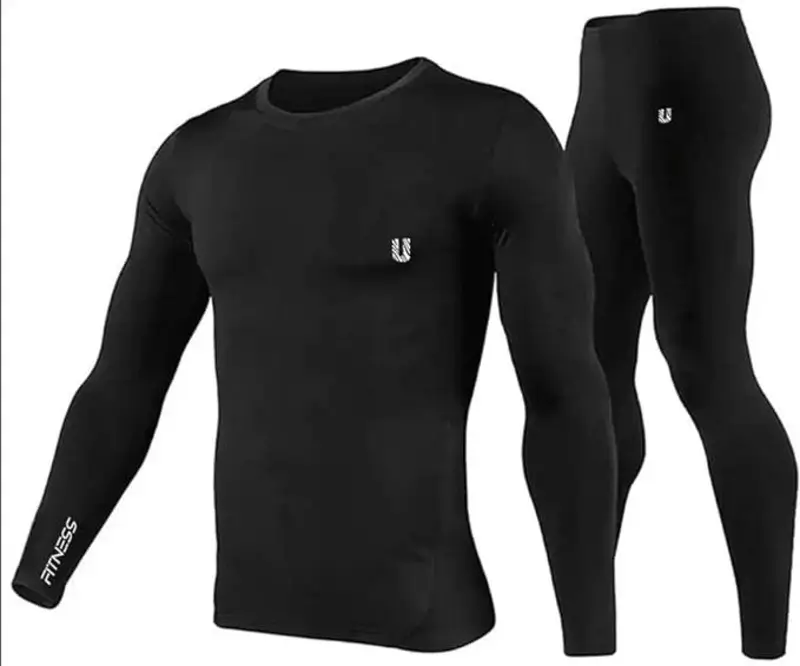
- Feeling good in your workout clothes is about more than just style. Choosing breathable, unrestrictive fabrics makes a surprising difference in how much you enjoy your workouts and how well you can move.
Safety

An advanced home gym gives you amazing freedom, but it comes with extra responsibility for your own safety. Prioritize these practices to avoid injuries and get the most out of your training:
Proper Technique
- Don’t Fake It: Especially with heavy lifting, bad form is a recipe for disaster. Invest in a few sessions with a qualified trainer, or thoroughly research videos and guides from reputable sources.
- Spotter Substitute: If training alone, stick to weights you can safely handle without a spotter. Power racks with safety bars are still essential.
- Listen to Your Body: Pain is a signal, not something to push through. Sharp pain means stop immediately and reassess your form or exercise.
Warm-up and Cool-down
- Prime the Pump: Light cardio and dynamic stretching prepare your muscles and joints for work, making you less prone to injury.
- Ease the Transition: A post-workout cool-down with static stretches helps reduce muscle soreness and improve flexibility.
- It’s Not Optional: Treat warm-ups and cool-downs as essential parts of your training session, not just something you do if you have time.
Equipment Maintenance
- Regular Inspections: Check for loose bolts, fraying cables, or any damaged parts on your machines and free weights. Addressing issues early prevents accidents.
- Barbell TLC: Clean and oil your barbell after workouts to prevent rust and keep the spin smooth. this will help maintain the longevity and performance of your equipment.
- Spot the Wear: Replace worn-out straps, chalk that’s lost its grip, or other gear that’s no longer serving its purpose. using old or damaged gear can compromise your safety while climbing. Be sure to invest in new, high-quality gear to ensure a safe and enjoyable climbing experience.
If you’re just starting your fitness journey, a basic home gym setup is a great way to begin! You can always upgrade as you progress. If you are on a tight budget, our budget gym setup guide can help you.
FAQ
How important is flooring in a home gym?
Very important! Proper flooring protects your home’s subfloor from damage, absorbs impact to reduce stress on your joints, and minimizes the noise from dropped weights – a must if you want to stay on good terms with neighbors or family members.
I’m limited on space. What equipment should I prioritize?
A power rack, barbell/plates, and an adjustable bench are the most versatile pieces. Focus on big compound lifts (squats, deadlifts, presses) with these tools. If space allows, expandable options like a cable machine or adjustable dumbbells offer a lot of bang for your buck.
Should I go for used equipment to save money?
Absolutely! You can find amazing deals on high-quality used gear. Always inspect items in person, and check for damage or wear, especially with weights or anything with moving parts. Do your research so you know the fair market value of what you’re buying.
Do I really need cardio equipment if my workouts are intense?
It depends on your goals. Intense weightlifting sessions do have a cardiovascular component, but if you have specific goals around endurance or heart health, having a treadmill, rower, or bike can be helpful. Also, they’re great for active recovery days.
When does buying cheaper equipment make sense?
For accessories like bands, ab rollers, yoga mats, etc., where durability is less of a concern, lower-priced options are fine. When it comes to core equipment that carries heavy loads (barbells, racks, benches) invest in quality for safety and longevity.
I don’t know proper form for advanced lifts. What should I do?
Don’t gamble with your safety! Hire a qualified trainer for a few sessions to teach you the basics, or invest in an online training program from a certified source. Even experienced lifters can benefit from a form check.
I train early in the morning. How can I keep the noise down?
Rubber flooring is a must. Consider lifting platforms for extra noise reduction. If possible, position your gym away from bedrooms. Avoid dropping weights from overhead, and be mindful of how loudly you set weights down.
Is it okay to add things to my home gym gradually?
Definitely! It’s often a smarter strategy budget-wise and helps you figure out what you truly use and value. Start with the essentials, then add those dream pieces over time.
Where’s the best place to find workout ideas for my home gym?
There are tons of resources! Reputable fitness websites, YouTube channels run by qualified trainers, or workout apps can all be excellent. Choose sources that align with your goals (strength training, bodybuilding, etc.) and experience level.


